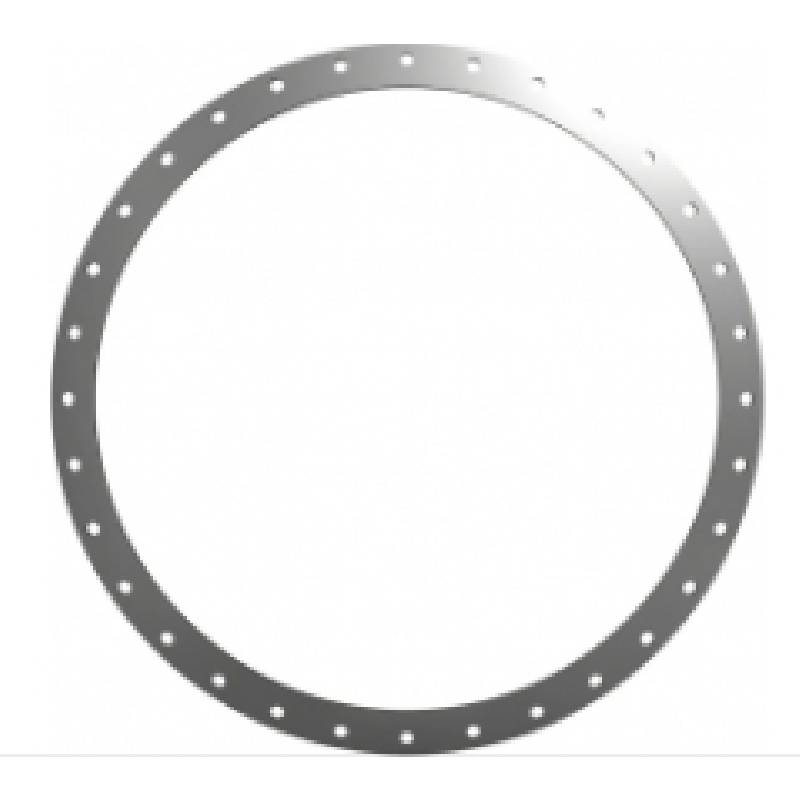-
Cangzhou Yulong Steel Co., Ltd.
-
Phone:
+86 13303177267 -
Email:
admin@ylsteelfittings.com
- English
- Arabic
- Italian
- Spanish
- Portuguese
- German
- kazakh
- Persian
- Greek
- French
- Russian
- Polish
- Thai
- Indonesian
- Vietnamese
- Zulu
- Korean
- Uzbek
- Hindi
- Serbian
- Malay
- Ukrainian
- Gujarati
- Haitian Creole
- hausa
- hawaiian
- Hebrew
- Miao
- Hungarian
- Icelandic
- igbo
- irish
- Japanese
- Javanese
- Kannada
- Khmer
- Rwandese
- Afrikaans
- Albanian
- Amharic
- Armenian
- Azerbaijani
- Basque
- Belarusian
- Bengali
- Bosnian
- Bulgarian
- Catalan
- Cebuano
- China
- China (Taiwan)
- Corsican
- Croatian
- Czech
- Danish
- Esperanto
- Estonian
- Finnish
- Frisian
- Galician
- Georgian
- Kurdish
- Kyrgyz
- Lao
- Latin
- Latvian
- Lithuanian
- Luxembourgish
- Macedonian
- Malgashi
- Malayalam
- Maltese
- Maori
- Marathi
- Mongolian
- Myanmar
- Nepali
- Norwegian
- Norwegian
- Occitan
- Pashto
- Dutch
- Punjabi
- Romanian
- Samoan
- Scottish Gaelic
- Sesotho
- Shona
- Sindhi
- Sinhala
- Slovak
- Slovenian
- Somali
- Sundanese
- Swahili
- Swedish
- Tagalog
- Tajik
- Tamil
- Tatar
- Telugu
- Turkish
- Turkmen
- Urdu
- Uighur
- Welsh
- Bantu
- Yiddish
- Yoruba

Nov . 10, 2024 15:52 Back to list
Seamless Connection Techniques for Pipe and Plate Welding Applications
Pipe to Plate Weld A Critical Aspect of Structural Integrity in Engineering
In the world of engineering and construction, welding is an essential process that joins materials together to create robust structures. Among various welding techniques, the process of “pipe to plate weld” plays a pivotal role, especially in industries such as oil and gas, construction, and manufacturing. This specialized welding technique entails joining a cylindrical pipe to a flat plate, and understanding its significance, methodologies, and applications is crucial for engineers and welders alike.
Understanding Pipe to Plate Welds
Pipe to plate welds are often utilized in the construction of piping systems, where pipes need to be affixed to a solid base or plate to ensure stability and structural integrity. This joining technique is common in various applications, including pressure vessels, offshore platforms, and heavy machinery. The reliability of these welds is vital, as they often operate under high-pressure conditions and can be pivotal in ensuring the overall safety of a structure.
The Welding Process
The process of executing a pipe to plate weld involves several critical steps that require precision and expert handling. Firstly, the surfaces of the pipe and plate must be cleaned thoroughly to remove any contaminants such as rust, oil, or dirt. Proper preparation is essential, as impurities can lead to weld defects that may compromise the joint's integrity.
Next, the pipe is typically aligned to the plate at the desired angle, which may vary based on design requirements. In some instances, the pipe may require beveling at the ends to facilitate a strong weld joint. After alignment, tack welding is performed to temporarily hold the components in position.
The actual welding can be performed using various techniques, depending on the materials involved and project specifications. Common welding methods include Shielded Metal Arc Welding (SMAW), Gas Tungsten Arc Welding (GTAW), and Gas Metal Arc Welding (GMAW). Each technique has its advantages, such as portability, speed, and the ability to weld in different positions.
pipe to plate weld

Quality Control and Inspection
Quality control is paramount in pipe to plate welding. Various inspection techniques are utilized to ensure that the welds meet industry standards and are free from defects. Non-destructive testing (NDT) methods such as ultrasonic testing, radiographic testing, and visual inspection are employed to assess the quality of the welds. These methods help identify issues like cracks, voids, or incomplete fusion that could lead to failures under operational stresses.
Applications in Industry
The applications of pipe to plate welding extend across multiple industries. In the oil and gas sector, these welds are integral to pipelines and refinery equipment that transport and process fluids under high pressure and temperature. Similarly, in the construction industry, they are used to connect structural components in buildings, bridges, and infrastructure, ensuring that safety and performance standards are met.
Manufacturers of heavy equipment also rely on this welding technique for assembling machinery and vehicles. The robustness provided by a well-executed pipe to plate weld means that the equipment can withstand harsh operating conditions and maintain functional integrity over time.
Conclusion
In conclusion, pipe to plate welding is a critical welding technique that underpins the safety and reliability of various engineering structures. With its involvement in diverse industries, the importance of mastering this skill cannot be overstated. As technologies evolve, and industries continue to demand higher standards of efficiency and safety, the expertise in pipe to plate welding will undoubtedly remain a vital component in the engineering landscape. Consequently, ongoing training and development in welding techniques will be essential to equip the workforce with the skills necessary to meet the challenges of tomorrow's engineering projects.
Latest news
-
ANSI 150P SS304 SO FLANGE
NewsFeb.14,2025
-
ASTM A333GR6 STEEL PIPE
NewsJan.20,2025
-
ANSI B16.5 WELDING NECK FLANGE
NewsJan.15,2026
-
ANSI B16.5 SLIP-ON FLANGE
NewsApr.19,2024
-
SABS 1123 FLANGE
NewsJan.15,2025
-
DIN86044 PLATE FLANGE
NewsApr.19,2024
-
DIN2527 BLIND FLANGE
NewsApr.12,2024
-
JIS B2311 Butt-Welding Fittings LR/SR 45°/90° /180°Seamless/Weld
NewsApr.23,2024











